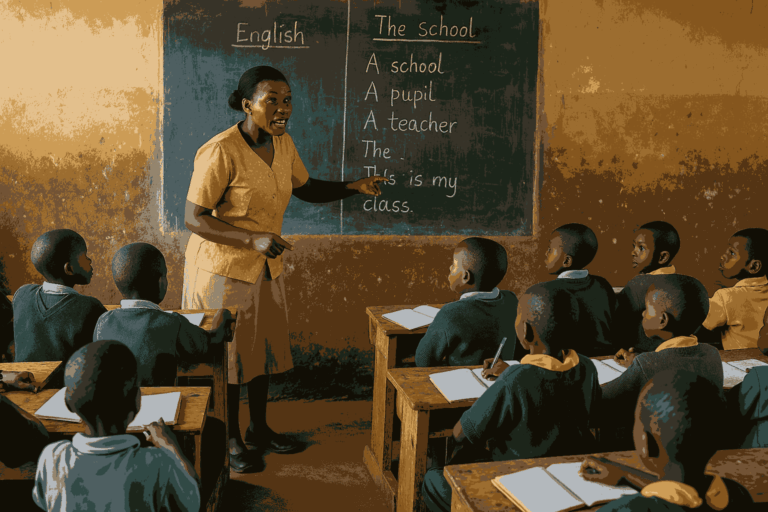President William Ruto on Sunday reaffirmed the government’s pledge to deliver free, accessible, and quality education to all Kenyan children, calling it “the greatest gift a society can give to its young people.”
Speaking during a service at ACK St. Martin’s Light Industries Church in Kariobangi, Nairobi, the president reiterated that free primary education is a right, not a privilege.
“Free primary education is the right of every Kenyan,” Ruto said. “Over the last two years, we have taken several measures to ensure education is truly universal and accessible.”
He cited recent efforts, including the construction of new classrooms to combat overcrowding in urban centres, increased funding to universities, and the employment of over 70,000 teachers. The government plans to hire an additional 24,000 by 2026. To maintain sector stability, Ruto referenced the signing of a Collective Bargaining Agreement (CBA) with teachers that runs through 2029.
“Access and quality of education cannot be compromised,” he emphasised.
Deputy President Kithure Kindiki echoed this position, assuring that the Kenya Kwanza administration remains committed to free primary and secondary education, with no intention to roll back progress.
“We will not undo the gains made in education,” Kindiki said Saturday.
Tension Between Political Promises and Fiscal Capacity
Yet Treasury CS John Mbadi has painted a sobering picture before Parliament. He emphasised that despite political affirmations, the fiscal space to fully fund free education has narrowed significantly.
“The financial burden of free education is too heavy for the State to sustain,” Mbadi told MPs. “We are under-providing per child because of fiscal constraints.”
The revised secondary capitation figure, at KSh 16,900 from the previous KSh 22,244, is being disbursed incrementally (50%, 30%, 20%), shifting the financial burden to households. Mbadi later clarified his comments, which had sparked public backlash, saying:
“Education remains a key government priority. But some leaders are conveniently ignoring the reality, our current budget cannot meet the full cost per student.”
The contradiction between political commitments and Treasury disclosures has left stakeholders grappling with uncertainty.
Kenyan Government to End Exam Fee Waiver in 2026, Shift to Targeted Subsidy Model
Why It Matters
While the president and deputy president stress continuity and expansion, the treasury remarks point to structural strain and the quiet erosion of operational support. Disbursement delays, ghost schools, and inflated student rolls continue to challenge system integrity. Meanwhile, capitation shortfalls force schools to rely on contributions from parents, undercutting the equity goals of free public education.




